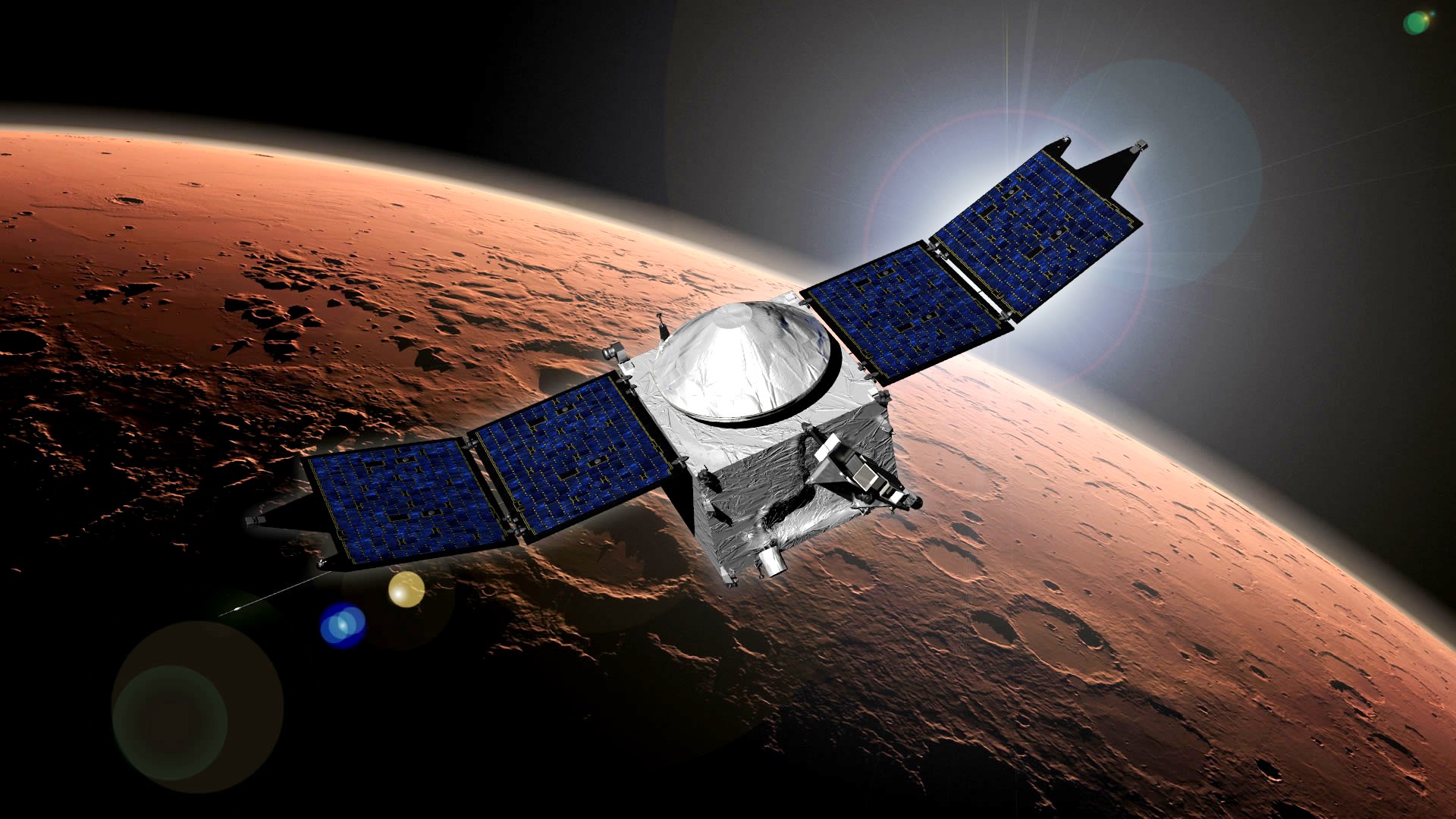NASA SLS megarocket for the moon resumes testing after equipment hiccup

Days after NASA signed two international memoranda of agreement related to missions for the Artemis moon program, there's good news on offer for its delayed Space Launch System rocket testing.
"Green run" tests on the new Space Launch System (SLS) megarocket, which is scheduled for its debut launch in November 2021, are moving forward again after problems with ground equipment earlier this month pushed the testing behind, NASA announced Thursday (Dec. 17).
The rocket itself is fine, NASA said in a call to media Dec. 11, but temperature issues associated with ground equipment to fuel the tank had stalled the seventh of eight "wet dress" rehearsal exercises at NASA's Stennis Space Center in Mississippi.
Related: NASA SLS megarocket testing stalled by temperature issues
.@NASA_SLS Green Run tests are nearly complete. Following a partial propellant loading earlier this month, @NASA and @BoeingSpace engineers have resumed test 7 of 8 in the Green Run series for the core stage of the #Artemis I rocket. https://t.co/pjqaneDOOY pic.twitter.com/gtKXu9MR3VDecember 17, 2020
As of Thursday (Dec. 17), though, contractor Boeing and NASA started resuming the test, a "wet dress rehearsal" which involves fully loading the SLS core stage's liquid hydrogen and liquid oxygen tanks this week.
"Upon completion of the wet dress rehearsal, the team will spend a few days analyzing data to determine if NASA is ready to proceed with the final green run test: the hot fire when all four engines will ignite, simulating the countdown and launch of the Artemis 1 mission," NASA said Thursday on its Artemis website blog. The hot-fire test date will be set once the wet dress rehearsal data analysis is complete, NASA added.
The SLS being tested right now is supposed to be launching an Orion spacecraft on a round-the-moon uncrewed trip in late 2021, but the testing needs to be done soon to complete final shipment to Florida and construction to meet that flight date. This mission, called Artemis 1, must be completed before the crewed Artemis 2 moon orbit mission flies for its expected 2023 date, and NASA lands people on the moon during Artemis 3 by its deadline of 2024.
Breaking space news, the latest updates on rocket launches, skywatching events and more!
"We're getting to a point where we've got very little margin left in the schedule relative to our commitment to our delivery date," John Honeycutt, SLS program manager at NASA's Marshall Space Flight Center in Alabama, said about the Artemis 1 SLS testing during the Dec. 11 teleconference.
Flying SLS on time not only has importance for NASA, but for its international partners. Earlier this week, both the European Space Agency and the Canadian Space Agency announced they had signed agreements with NASA related to participation in the Artemis program. CSA also announced it will fly an astronaut — who has not yet been named — on Artemis 2 in 2023, marking the first time anybody but an American will have left Earth orbit.
The pace of Artemis missions not only depends on SLS testing, but also on funding and other technology associated with the moon program. The 2024 moon push was officially set by the outgoing Donald Trump administration in 2019, accelerating the timeline in 2028.
More recently — amid a pandemic not anticipated in 2019 now creating economic pressure around the world — the 2021 fiscal budget for NASA has not yet been finalized. The new Joe Biden presidential administration will assume office in January, potentially adding its own ideas for NASA's exploration plans. NASA also needs to test moon equipment such as spacesuits prior to certifying them for flight.
Follow Elizabeth Howell on Twitter @howellspace. Follow us on Twitter @Spacedotcom and on Facebook.

Elizabeth Howell (she/her), Ph.D., was a staff writer in the spaceflight channel between 2022 and 2024 specializing in Canadian space news. She was contributing writer for Space.com for 10 years from 2012 to 2024. Elizabeth's reporting includes multiple exclusives with the White House, leading world coverage about a lost-and-found space tomato on the International Space Station, witnessing five human spaceflight launches on two continents, flying parabolic, working inside a spacesuit, and participating in a simulated Mars mission. Her latest book, "Why Am I Taller?" (ECW Press, 2022) is co-written with astronaut Dave Williams.
